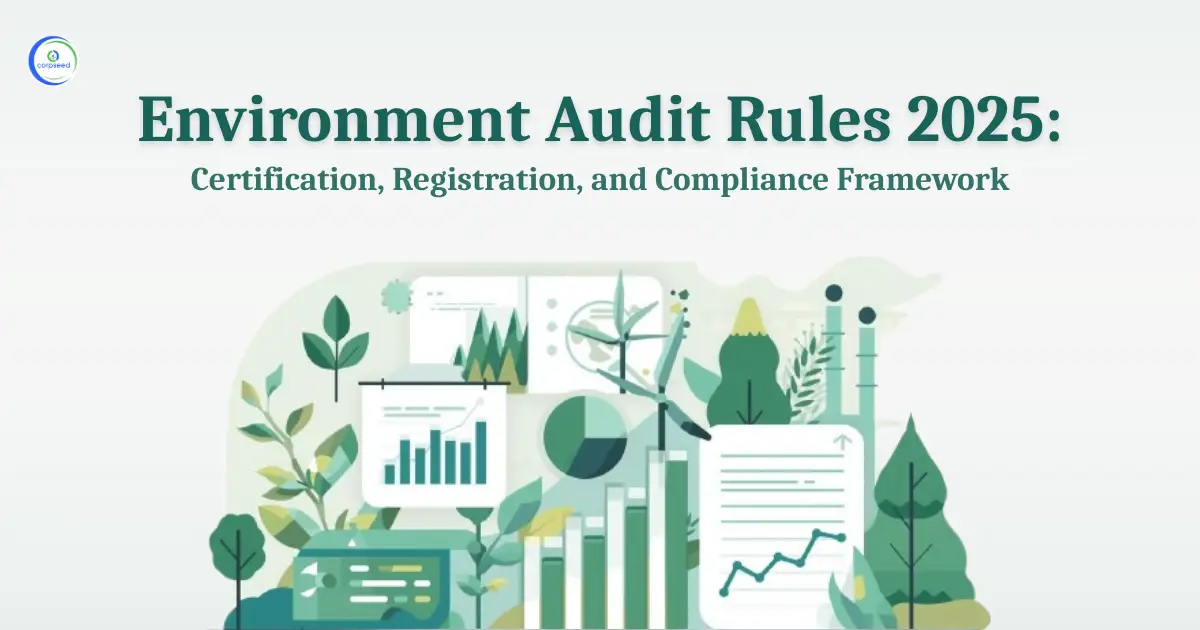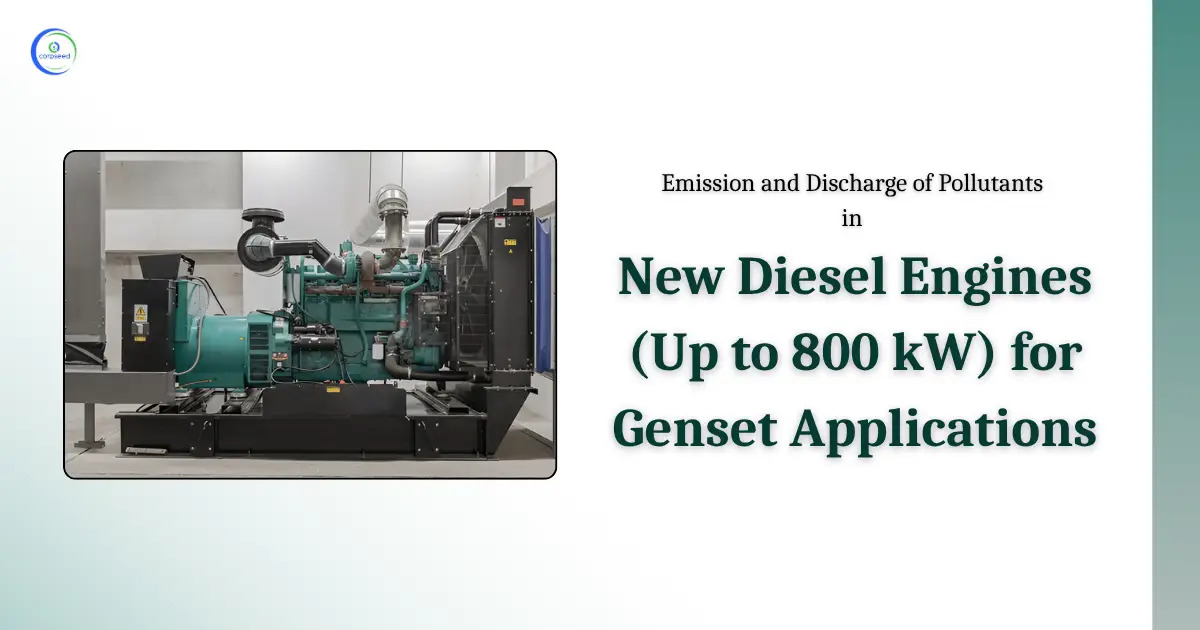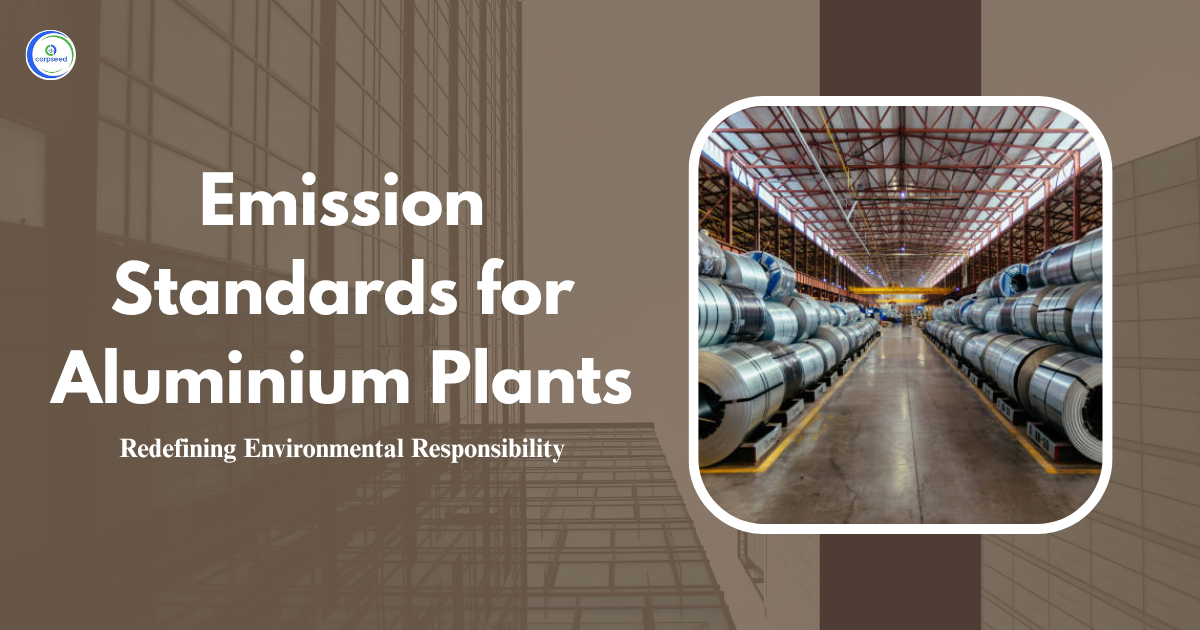The dairy industry plays an important role in the agricultural and food processing sectors of India. As one of the largest producers of milk globally, India’s dairy processing units contribute significantly to the national economy by offering employment and nutrition. However, these industries also produce large quantities of wastewater containing organic matter, grease, suspended solids and other contaminants. If not properly treated, these effluents can harm aquifers, soils, and ecosystems. To protect the environment, the Indian government has specific standards for emissions and discharge of environmental pollutants through the Environmental (Protection) Rules, 1986.
Table of Contents
What are Dairy Effluent Standards and Why Do They Matter?
Dairy effluents comprise high organic load due to milk residue, cleaning agents and chemicals used during processing. To control their effect on the environment, under Schedule VI of the Environment (Protection) Rules, 1986, specify net discharge standards for dairy industries. These standards help maintain environmental balance, safeguard public health, and promote sustainable practices.
The effluent release parameters include permissible limits for pH, Biochemical Oxygen Demand (BOD), suspended solids, oils and greases, and amounts of wastewater generated. Compliance with these standards is obligatory for every dairy unit operating in India.
--------------Blog Contact Form-------------
Key Effluent Parameters for Dairy Industries
The discharge standards for dairy effluents are stated in Schedule VI of Environment (Protection) Rules, 1986. These standards set allowable limits for numerous parameters to ensure that waste does not harm the environment.
- pH Level: The ideal pH range for dairy effluents is 6.5 to 8.5, pH outside this range can disturb aquatic life and interfere with biological treatment processes. Maintaining a neutral pH ensures safe extraction and effective treatment.
- Biochemical Oxygen Demand (BOD): BOD signifies the amount of oxygen required by microorganisms to break down organic matter in the effluent. A high BOD value implies higher oxygen consumption, which could be due to a lack of oxygen in natural water reservoirs. The maximum permissible limit for BOD is 100 mg/l. However, for sensitive aquifers, the BOD limit can be tightened up to 30 mg/l.
- Suspended Solids: These are small solid particles floating in wastewater. Excess suspended solids (SS) can increase water turbidity, block sunlight in aquatic reservoirs, and suffocate aquatic life. The allowable concentration is 150 mg/l. Under special circumstances, such as discharge to municipal sewers, this may be relaxed to 450 mg/l.
- Oil and Grease: Oil and grease in the emissions form a layer on the water surface, limiting the transfer of oxygen to aquatic life. The prescribed limit is 10 mg/l, ensuring that aquatic ecosystems remain healthy.
- Wastewater Generation: It is important to control the volume of wastewater generated. According to the standards, dairy units should have no more than 3 cubic meters of wastewater per kilolitre (m3/Kl) of processed milk. Efficient water use and recycling methods can help meet this need.
Special Provisions for Effluent Disposal
In certain situations, discharge standards may be adjusted based on the disposal method and site-specific factors. These provisions are carefully regulated to prevent misuse:
- Discharge into Inland Surface Waters: If the treated effluent is released into rivers or lakes that supply drinking water, the BOD limit can be made stricter (30 mg/l) to ensure public health and safety.
- Discharge into Municipal Sewers: When effluents are sent to municipal sewage systems that undergo secondary treatment, the BOD limit may be relaxed to 350 mg/l, and suspended solids may be relaxed to 450 mg/l.
- Land Application: In cases where effluents are applied to land for irrigation or treatment, the BOD can also be relaxed to 350 mg/l. However, the land must function as a secondary treatment system, with proper monitoring to ensure no harm to groundwater quality. The drainage water should not exceed 30 mg/l of BOD and 10 mg/l of nitrate-N, with net additions to groundwater limited to 3 mg/l of both BOD and nitrate.
Treatment Technologies for Dairy Effluents
To meet these regulatory standards, dairy plants must implement efficient wastewater treatment systems. Following are the most common and effective technologies:
- Coagulation and Flocculation: These are chemical processes used to remove fine suspended solids and colloids from wastewater. Coagulants cause particles to clump together (coagulate), while flocculants help form larger flocs that settle out easily. This is usually a primary treatment step.
- Activated Sludge Process (ASP): This is a biological treatment method that uses aerobic bacteria to degrade organic pollutants. Air is bubbled through the wastewater in aeration tanks, allowing microorganisms to break down BOD and other contaminants. ASP is highly effective in reducing organic load in dairy effluents.
- Oil-Water Separation: This method targets oil and grease removal. Dissolved Air Flotation (DAF) is commonly used, where fine air bubbles help float oils and solids to the surface for removal. It’s an essential step before biological treatment to prevent clogging and improve efficiency.
- Reverse Osmosis (RO): RO is a membrane filtration technique used in advanced treatment stages. It removes dissolved salts, heavy metals, and fine impurities from wastewater. Although costly, it ensures high-quality water recovery and is ideal for water reuse and recycling.
Best Practices for Dairy Wastewater Management
- Conduct regular effluent testing to ensure parameter limits are met.
- Use flow meters and water audits to track and reduce water consumption.
- Segregate wastewater streams (e.g., cooling water, process water) to treat them appropriately.
- Implement zero liquid discharge (ZLD) systems where feasible.
- Train staff in pollution control measures and equipment handling.
Conclusion
Dairy effluent standards are critical for maintaining environmental health and ensuring the sustainability of dairy processing industries. By adhering to these norms and adopting efficient treatment technologies, dairy units can minimize their environmental footprint while continuing to grow and serve the population. Implementing proper wastewater management not only protects the environment but also enhances the industry’s operational efficiency, public image, and long-term viability.
As the industry moves toward modernization and sustainability, understanding and complying with dairy wastewater standards in India is not just a legal requirement, it’s a responsible business practice. By investing in suitable technologies and eco-friendly infrastructure, dairy processors can contribute to clean water goals, public health, and a greener future.
This portion of the site is for informational purposes only. The content is not legal advice. The statements and opinions are the expression of author, not corpseed, and have not been evaluated by corpseed for accuracy, completeness, or changes in the law.
BOOK A FREE CONSULTATION
Get help from an experienced legal adviser. Schedule your consultation at a time that works for you and it's absolutely FREE.







_Corpseed.webp)
.webp)
